Growing Shrubs
Shrubs should be considered the skeleton of any good garden design. Some shrubs are deciduous or evergreen, some are solely grown for foliage, and many are grown for their berries and fruit. The overall size of shrubs ranges from 12 inches to over 12 feet, ensuring that shrubs can be used in just about every garden in every growing zone. Shrubs give structure to a garden when the herbaceous perennials have died back for the winter. Colorful stems, bark, and berries can be just as dramatic as foliage and flowers. Shrubs also come in many different maintenance levels, although most are easy to care for.
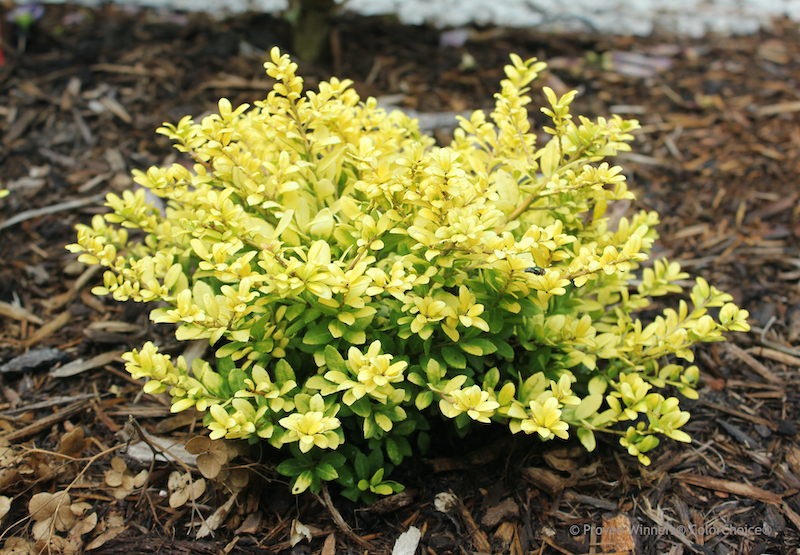
Planting Shrubs
The adage of ‘right plant, right place’ is the mantra all gardeners should follow and pertains particularly to large, long-lived plants such as trees and shrubs. Choose shrubs that will tolerate your growing conditions. Knowing the pH of your soil will significantly affect what type of shrubs can be grown in your native soil with minimal adjustments. When planting any shrub or tree, dig a hole twice as wide and at the same depth as your shrub's container. Do not add fertilizer directly to the bottom of the hole, but mix it lightly into the soil as you backfill during planting. Water the root zone and all of the soil well around the base of the shrub after planting. Add a 3-4 inch layer of organic mulch like shredded leaves or arborist chips to help conserve soil moisture and prevent weeds from growing and competing with the new plant for nutrients and water.
Watering Shrubs
Newly planted shrubs will typically require supplemental watering for at least the first 2-3 years. Divide your waterings into 2-3 long sessions per week to encourage the roots to grow deeper in the soil. Some shrubs become highly drought tolerant once established, such as willow, forsythia, and red twig dogwood. Other shrubs always require regular supplemental watering, especially in hot, dry summers. Hydrangea, roses, and berry bushes will benefit from installation of drip irrigation or soaker hoses. To conserve moisture, mulch the root zone, which will help soils retain moisture longer and enrich the soil over time.
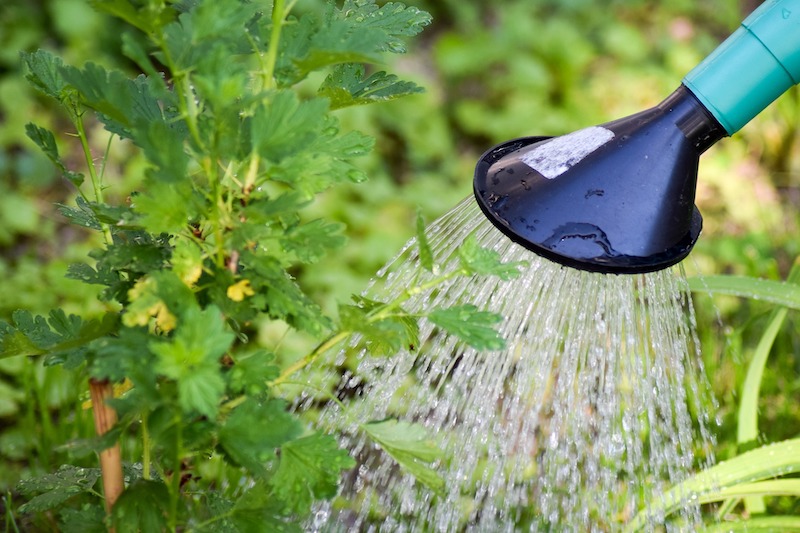
Fertilizing Shrubs
Generally, all shrubs will benefit from an annual feeding in the early spring as the buds are breaking. Shrubs that are early spring bloomers do best with fertilizing after they finish flowering in the early summer. Most shrubs benefit from a yearly application of a granular, extended-release fertilizer with a balanced NPK ratio. Use a specialized fertilizer for heavy-flowering shrubs, acid-loving plants, and fruit-producing bushes. Fertilizers with higher P and K numbers and a low N number support heavy blooming and robust root growth.
Pruning Shrubs
There are three main types of shrubs that should be pruned during specific times of the year when needed. Spring-flowering shrubs form flowers during the previous growing season and should be pruned only after the flowering cycle is complete. Summer-blooming shrubs, such as roses and snowberries, bloom on current seasons' growth and should be pruned late in the winter before the new growth emerges. Finally, shrubs grown mainly for foliage, such as hedging plants and dwarf conifers, can be lightly pruned anytime between late winter and midsummer. Pruning too late in the summer can cause a shrub to send out fresh foliage instead of hardening off for winter.

Caring For Shrubs in Pots
Smaller shrubs can be successfully grown in containers as long as drainage is excellent year round and the pot is large enough to accommodate root development and the mature size of the shrub. Use a potting mix that drains well and contains essential nutrients through added fertilizers or compost. Regular watering is the key to keeping container-grown shrubs thriving. Let the top 1-2 inches of potting mix dry in between waterings, and always water long enough for the liquid to drain from the pot's bottom drainage holes. Fertilize early in the season with a granular, extended-release feed, scratching it lightly into the soil. A balanced NPK ratio of 10-10-10 is fine for most shrubs, although heavy bloomers like roses or fruit shrubs may need specialized formulas.
Winter Care for Shrubs
Shrubs growing in the appropriate climate will require little extra care for the winter. Mulching around the root zone will help to insulate the roots from a colder-than-normal winter. Organic compost, shredded leaves, and pine straw make wonderful mulches that will decompose and enrich the soil. Continue watering shrubs as long as the daytime temperature is above 45 degrees F. Shrubs in climates with dry falls and winters tend to flower less and may show signs of stress the following season. For the most part, shrubs are resilient and can handle being covered in ice and snow. Shaking the snow off smaller shrubs can be beneficial by taking the weight off the branches, but trying to shake ice off a shrub could damage the plant by snapping limbs. Prune away any damaged shrub parts late in the winter as part of general winter clean-up.
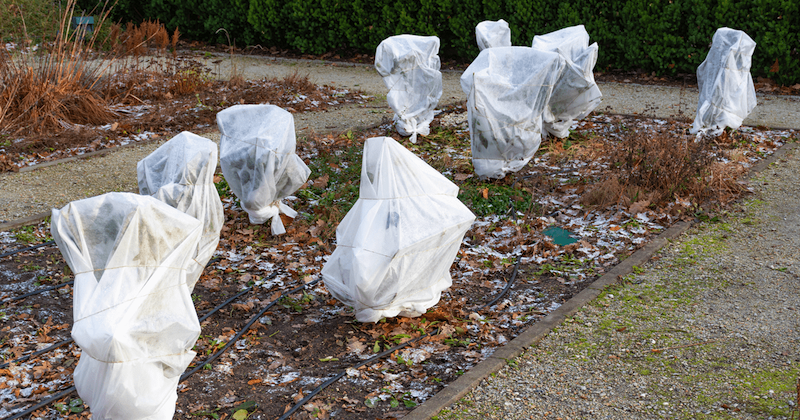

 Abelia Care
Abelia Care Arborvitae Care
Arborvitae Care Azalea Care
Azalea Care Bluebeard Care
Bluebeard Care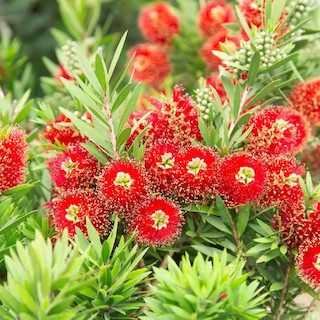 Bottlebrush Care
Bottlebrush Care Boxwood Care
Boxwood Care Butterfly Bush Care
Butterfly Bush Care Camellia Care
Camellia Care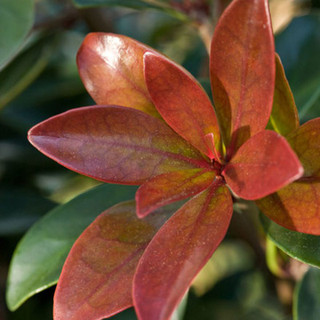 Cleyera Care
Cleyera Care Crape Myrtle Care
Crape Myrtle Care Dogwood Care
Dogwood Care Elderberry Care
Elderberry Care Euonymus Care
Euonymus Care False Cypress Care
False Cypress Care Flowering Quince Care
Flowering Quince Care Forsythia Care
Forsythia Care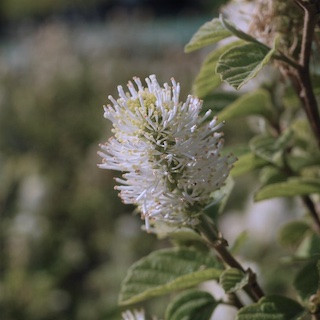 Fothergilla Care
Fothergilla Care Gardenia Care
Gardenia Care Heather Care
Heather Care Holly Care
Holly Care Honeysuckle Care
Honeysuckle Care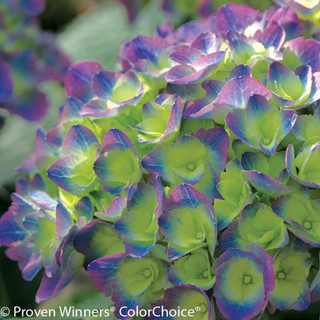 Hydrangea Care
Hydrangea Care Indian Hawthorn Care
Indian Hawthorn Care Juniper Care
Juniper Care Lilac Care
Lilac Care Loropetalum Care
Loropetalum Care Mountain Laurel Care
Mountain Laurel Care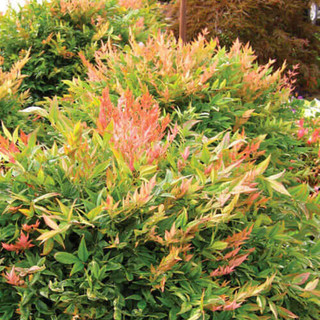 Nandina Care
Nandina Care Ninebark Care
Ninebark Care Pieris Care
Pieris Care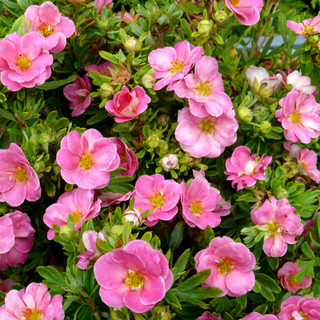 Potentilla Care
Potentilla Care Privet Care
Privet Care Rose Care
Rose Care Rose of Sharon Care
Rose of Sharon Care Scotch Broom Care
Scotch Broom Care Smoketree Care
Smoketree Care Spirea Care
Spirea Care St. John's Wort Care
St. John's Wort Care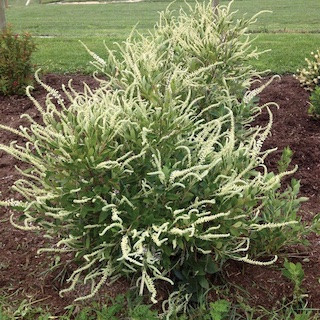 Summersweet Care
Summersweet Care Viburnum Care
Viburnum Care Weigela Care
Weigela Care Yew Care
Yew Care